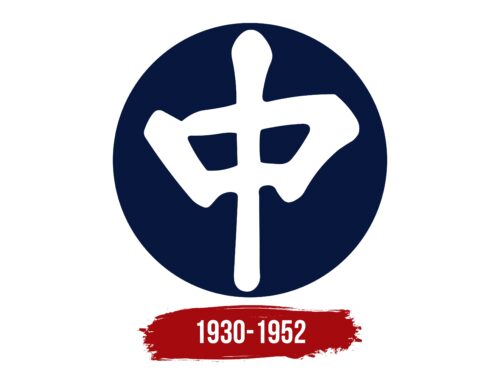 China National Aviation Corporation Logo PNG
China National Aviation Corporation Logo PNG
China National Aviation Corporation: Brand overview
China National Aviation Corporation (CNAC), founded in 1930 by China’s Nationalist government, has been the country’s main flagship airline. Based in Shanghai, the airline began with American pilots and airplanes. It operated domestic flights within China and served international routes to neighboring countries.
Throughout the 1930s, CNAC used a variety of aircraft, such as the Douglas Dolphin, Consolidated PBY, and Douglas DC-2. In an era when roads and railroads were not the dominant modes of transportation, the corporation played an important role in connecting various Chinese cities and transporting freight and mail.
When World War II broke out, CNAC contributed to supplying the Allies by establishing vital air routes between India and China across the Himalayas. After the war, CNAC took the opportunity to expand its operations by adopting surplus U.S. military aircraft, particularly Douglas C-47s.
However, after the Communist Revolution of 1949, the political situation in China changed dramatically, and this upheaval forced CNAC to move its base to Taiwan. A decade later, in 1959, CNAC merged with another Chinese airline to form what is now known as Air China, and thus the CNAC brand faded into history.
In its heyday, CNAC proudly served over 20 domestic and regional destinations in Asia with a fleet of approximately 30 aircraft.
Meaning and History
What is China National Aviation Corporation?
It is a large state-owned holding company based in Beijing, overseeing and managing a significant portion of China’s civil aviation industry. The corporation includes several subsidiary airlines, including the flagship carrier Air China, and other aviation enterprises specializing in various aspects of the industry, such as ground services, catering, maintenance, and repair.
1930 – 1952
The logo of China National Aviation Corporation consists of one character: 中. This character stands for China in abbreviated form and for other concepts related to success, ability, and hitting the target. It positively characterizes CNAC. The white symbol on the background of a dark blue circle remained the main emblem of the company until the termination of its activities.
The use of a single multi-faceted symbol such as 中 indicates minimalism. This means that the company is focused on efficiency and straightforwardness. The dark blue circle traditionally symbolizes qualities such as trust and reliability, which are very important in the aviation industry.




